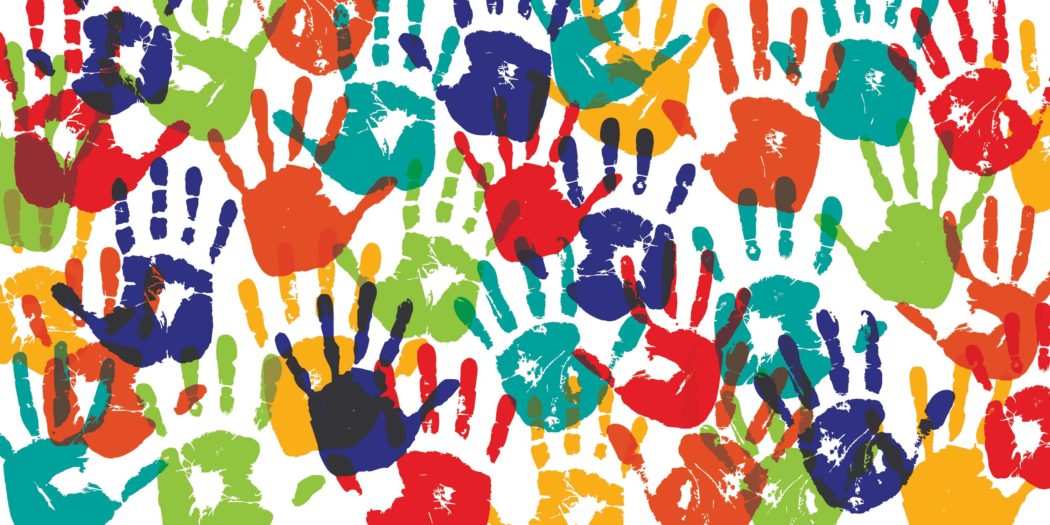Lack of diversity affects USU enrollment
In this year’s WalletHub study, Utah ranked the eighth least diverse state. On top of that, it is 33rd in racial and ethnic diversity and 49th in religious diversity — with The Church of Jesus Christ of Latter-day Saints being the predominant religion.
But how does this affect students at Utah State University who are not a part of the majority?
“When students come here from other states and backgrounds, there tends to be bit of a culture shock,” said Luis Rodriguez, the program coordinator for multicultural student programs. “Quite a bit of a culture, to say the least.”
Utah State’s enrollment numbers have gone down from 37,000 students to 32,000 since 2011, according to Rodriguez.
“This doesn’t seem like a lot,” Rodriguez said, “but when you think about each year, it’s a pretty drastic change.”
The percentage of non-white students has also decreased since 2011, with these students only taking up 15% of the student body for the 2020-21 academic year.
Recruiting students from various backgrounds becomes a challenge when Utah State’s campus is predominantly white and members of the church, according to Rodriguez.
“Multicultural and international students tend to stay away from the USU area because it is very exclusive to the LDS community,” Rodriguez said.
Many students have also expressed to Rodriguez they feel like they don’t have a place here in Utah.
The associate director for the Logan Institute, Kirt Rees, said there is a responsibility for members of the majority here in Utah to be more inclusive and understanding.
“We need to recognize that within the Latter-day Saint community, there is a broader need for more inclusiveness,” Rees said.
This inclusiveness, according to Rodriguez, is something students from different backgrounds at Utah State have been fighting for, for quite some time now. Last year a survey from the diversity task force was sent out that showed marginalized communities did not feel welcome on campus.
“The results of that survey were not shocking to those of us that have been doing the work,” Rodriguez said.
Many students have expressed to Rodriguez that they thought they were going to have a community here at USU, only to discover this is not the case. Rodriguez believes there has been some misrepresentation of how diverse USU actually is — which brings in these students who are soon disappointed.
“We are diverse to an extent,” Rodriguez said, “but not to the extent that we are portraying it to be.”
Creating a better sense of belonging needs to be implemented more in many ways, said Rodriguez. He suggests these topics be brought up more in Connections courses — right when a student gets to USU.
Utah State is relying on the Inclusion Center for most of these issues but, though the different leaders within the Inclusion Center are good tools and assets to these students, there is still more USU could do as a whole according to Rodriguez.
“Students often bring up certain topics for feedback, and administrators, the office, or even their peers, sometimes just dismiss them,” Rodriguez said. “We need to change this for sure.”

